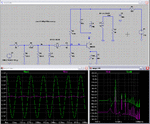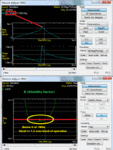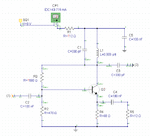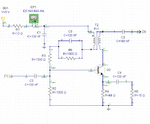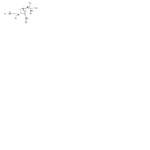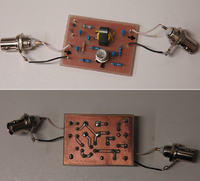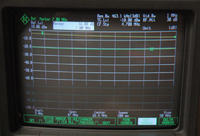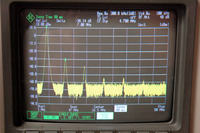Nick_F
Member level 1

Hi All,
I am looking for a circuit diagram of an amplifier with one or two transistors that can provide a gain of about 15dB to a level of 10dBm.
The operating frequency is 7MHz. Preferably, the transistors should be common types and the power supply 9 or 12V. Input and output impedance is 50 ohm.
I simulated some circuits in Spice, but they performed poorly when operating at such high levels.
Regards,
Nicolae
I am looking for a circuit diagram of an amplifier with one or two transistors that can provide a gain of about 15dB to a level of 10dBm.
The operating frequency is 7MHz. Preferably, the transistors should be common types and the power supply 9 or 12V. Input and output impedance is 50 ohm.
I simulated some circuits in Spice, but they performed poorly when operating at such high levels.
Regards,
Nicolae


